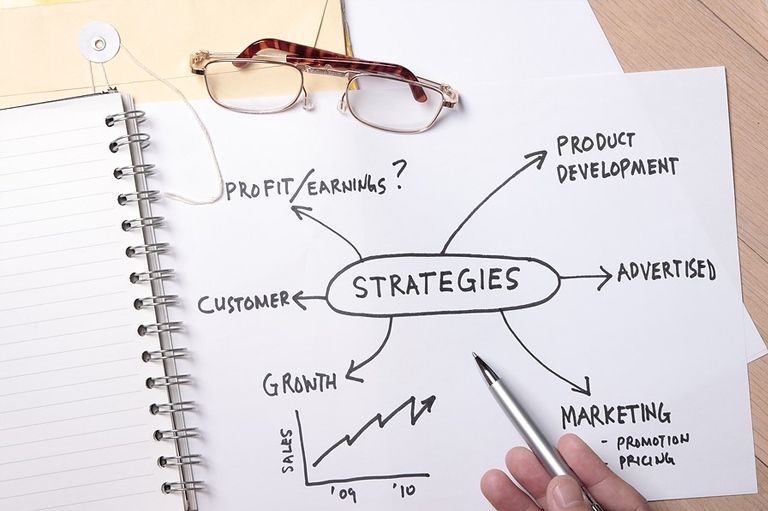Time and materials VS fixed price

As a person who needs a mobile or web application solution, and is willing to pay for it, you want to spend your money in the most efficient way. Different companies offer different pricing models, which are normally either fixed price or time and materials. What is the difference between two and which one suits you better?
Fixed price
Fixed price means nothing else than its name suggests – there is a certain price for the services that cannot be changed and it is negotiated before starting any work.
It sounds reasonable and has its pros:
1. Client has clear expectations about the budget and about the future work
You will be able to distribute the budget accurately for development, marketing and delivery without missing a point.
2. Suitable for simple projects that would not require add-ons
When your budget is fixed, you would not normally expect over complicated projects with great amount of configurations and add-ons.
The development methodology for fixed price is waterfall, which does not normally have any flexibility to it. You move from stage 1 to stage 2 and cannot go back or skip stages – you proceed to next stage only after finishing the previous one. The other side of the medal - the customer has to be very clear about what he need to get in the end. And a lot of time will be waited to negotiate everything in details in advance.
Time and materials
This pricing model is complete opposite and is used widely among many companies all over the world. When you choose time and materials, it means you will be paying per hour and can ask for changes at any time of work process. The companies that use this method often have minimal fixed prices to start with but still there is a lot of flexibility involved. Time and material method has such pros as:
1. Incredible flexibility
Changes can be made anytime and you have complete freedom in development. You basically need to have a solid and clear idea and “go with the flow” – monitor the performance, apply changes, analyze results and continue to improve the product unless it’s 100% perfect.
2. Better results can be achieved
When you know something can be done better and you are able to fix it, you deliver better product for the users. In addition, it saves more time to fix one small thing rather than complete the whole project and then find out you have to re-do it.

Pricing
Some people think that time and materials model turns to be more expensive. But it is often turns to be opposite. The point is sometimes it is almost impossible for the company to evaluate the budget for the product developing precisely, and they have to put risks reserve in the fixed price. From the other side time and materials more often makes the customer more involved in the process, helping the team to clarify requirements, which can affect best cost efficiency.
In the project delivery process there’re a lot of activities involved, besides pure coding, such as: quality assurance, design, project management, etc. Time and materials model helps the company to put ideal amount of this effort to the project. Not less, and not more than needed.
So what should you choose for your project?
If you want to be involved in the project making and want to have some experiments, or if you need something complicated to work perfectly, then for sure choose time and material. This will result in excellent product and you will be able to do whatever you want to it. And if you know for sure you will not need any changes, then fixed price is your method of choice. Another tip that we can give is – always consult with the company that you are going to work with and discuss possible future risks and pros & cons for each method. Ask as many questions as you feel like and do not hesitate to ask too much – after all, it’s you who will be paying for the services so you are the person to choose what will be best for your project.